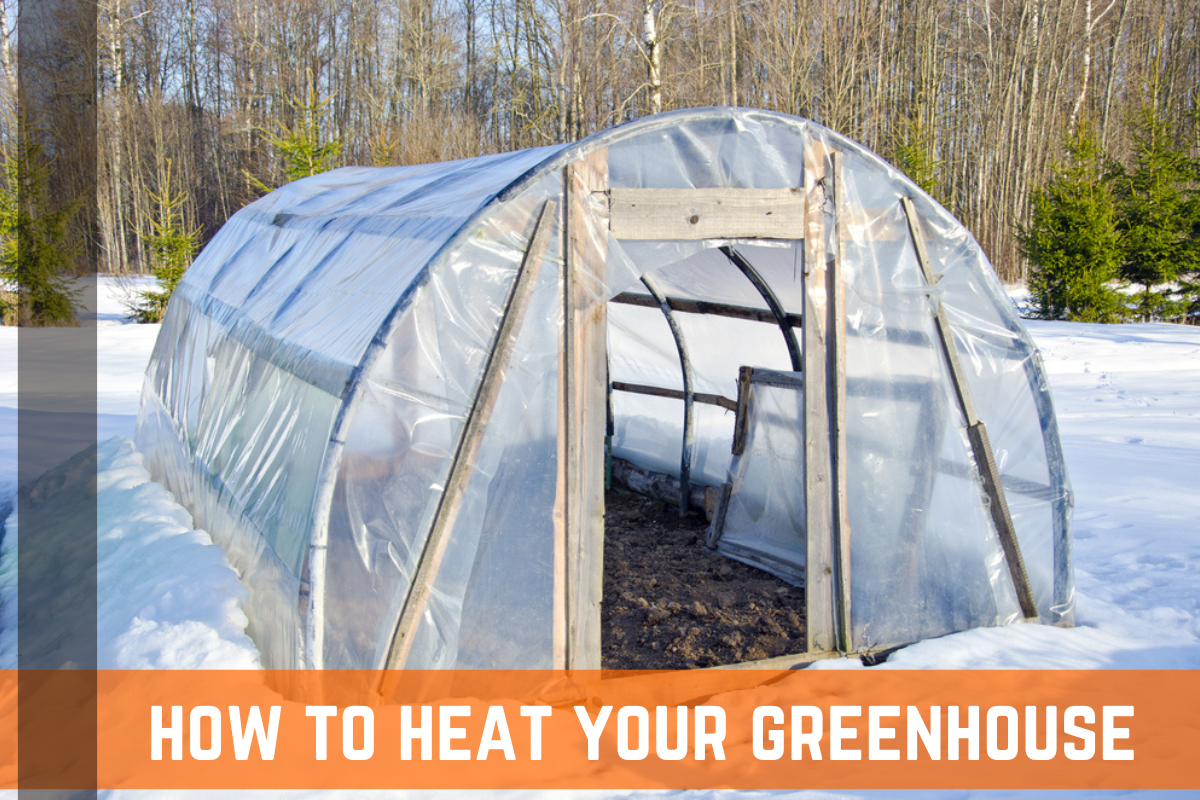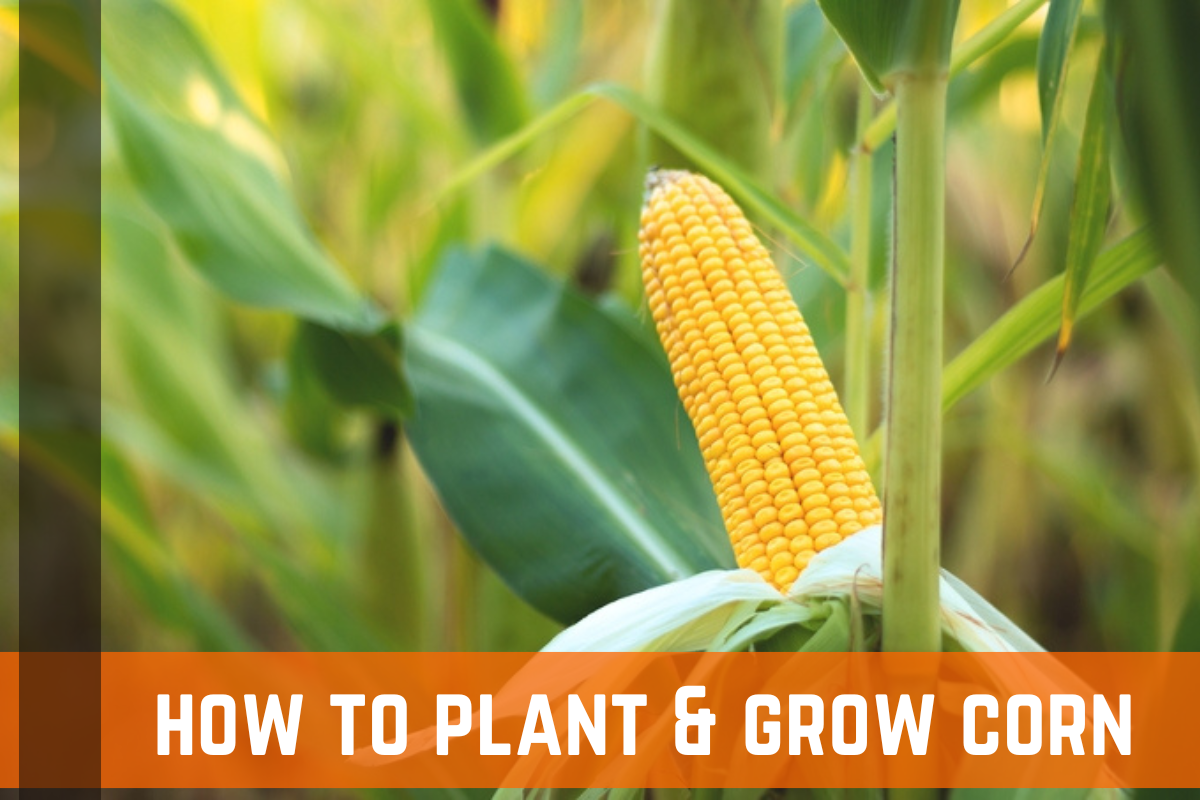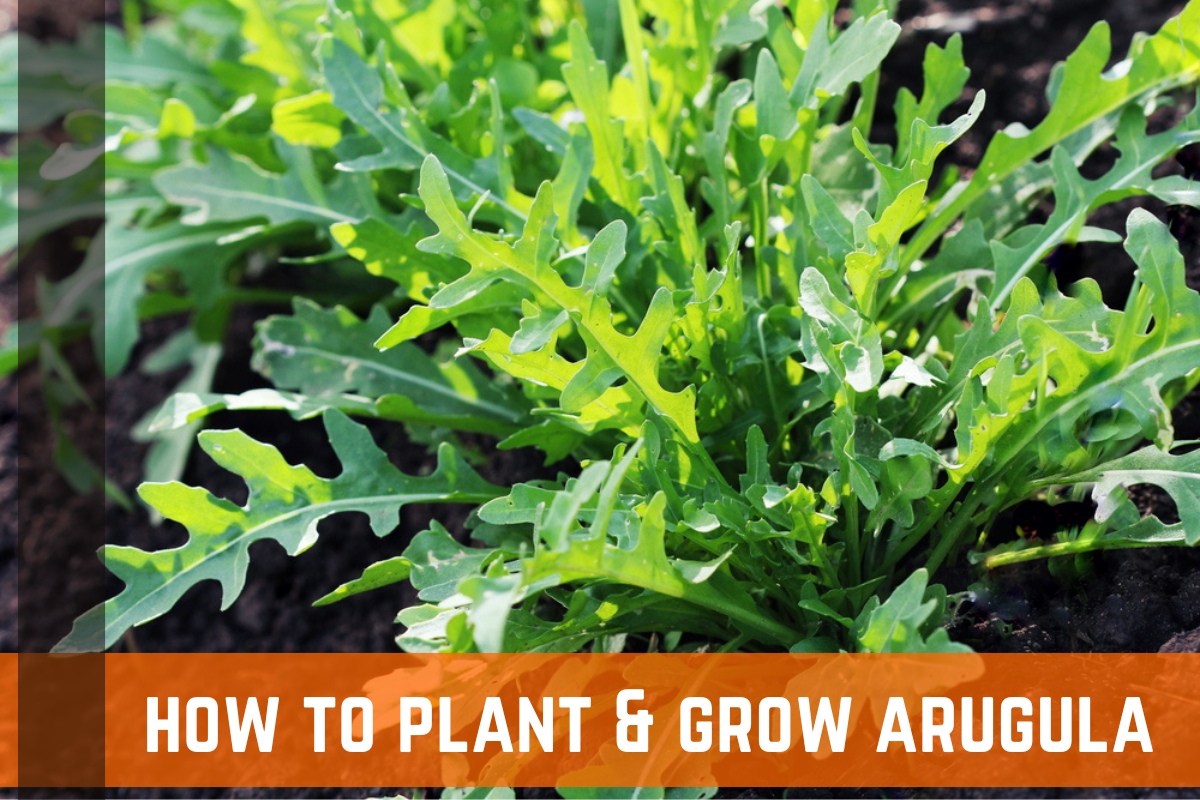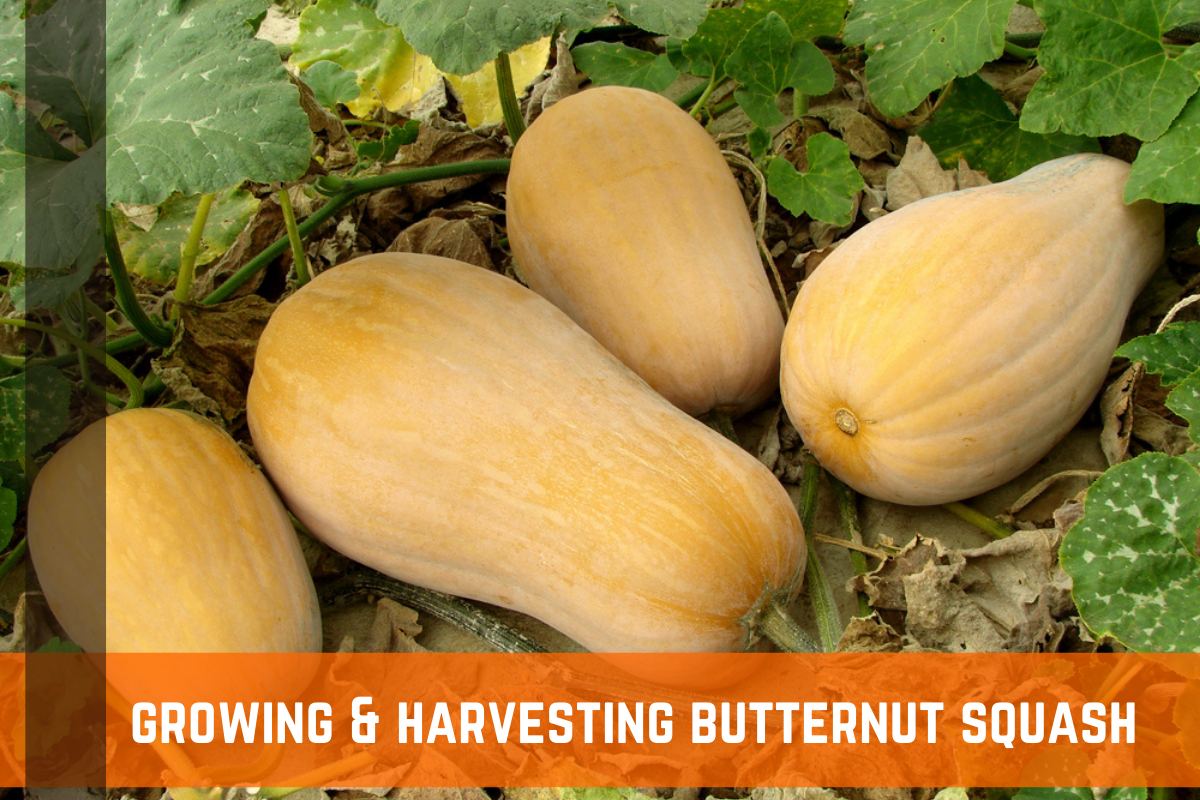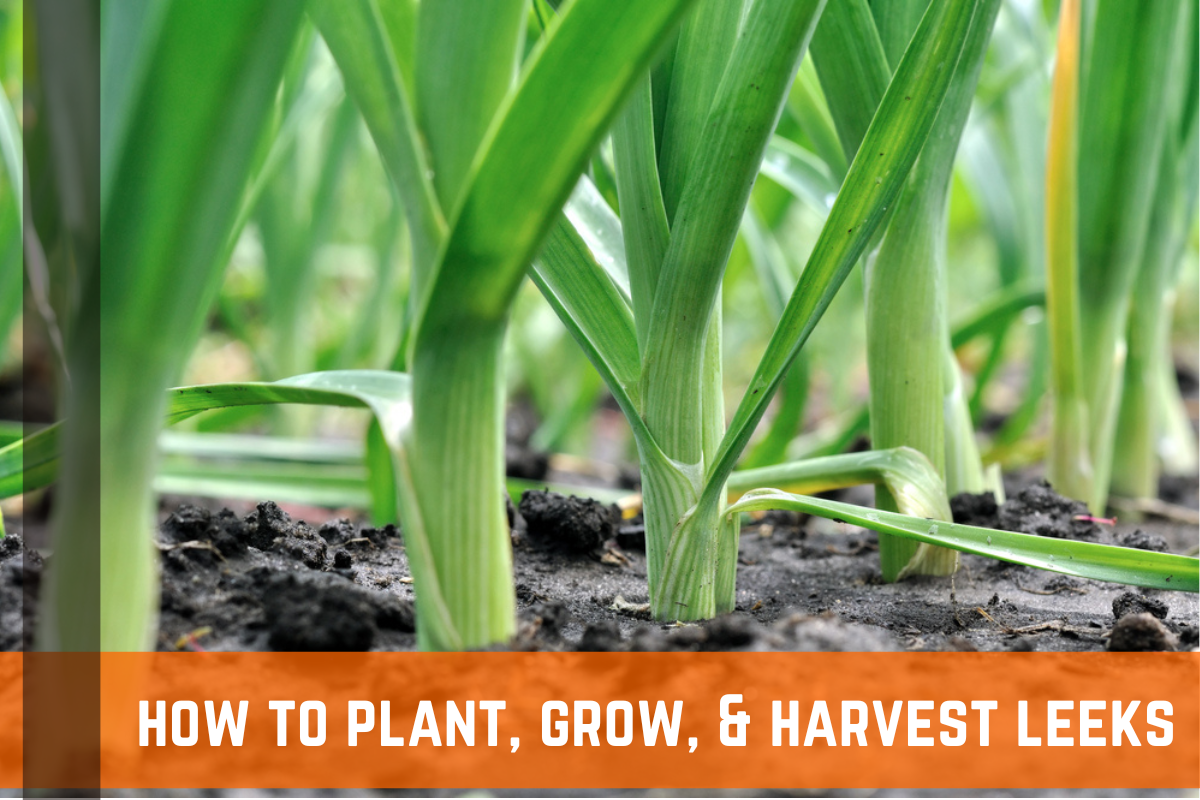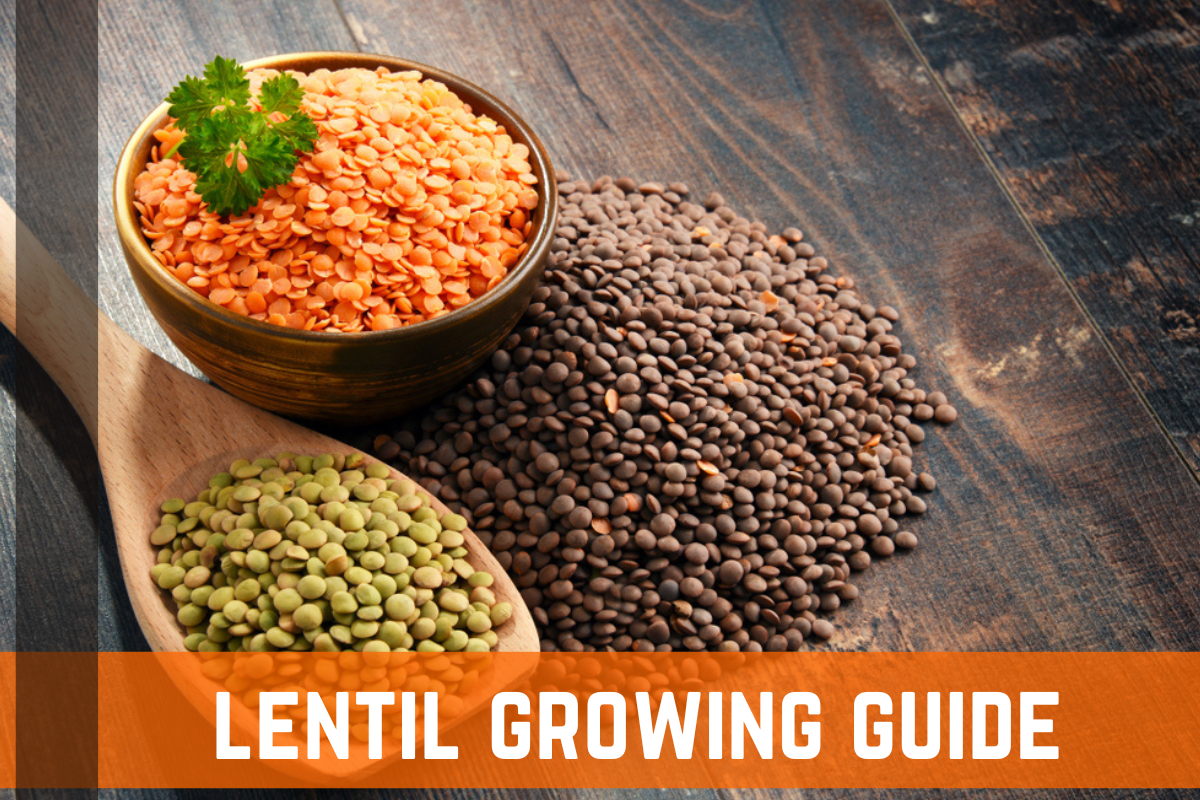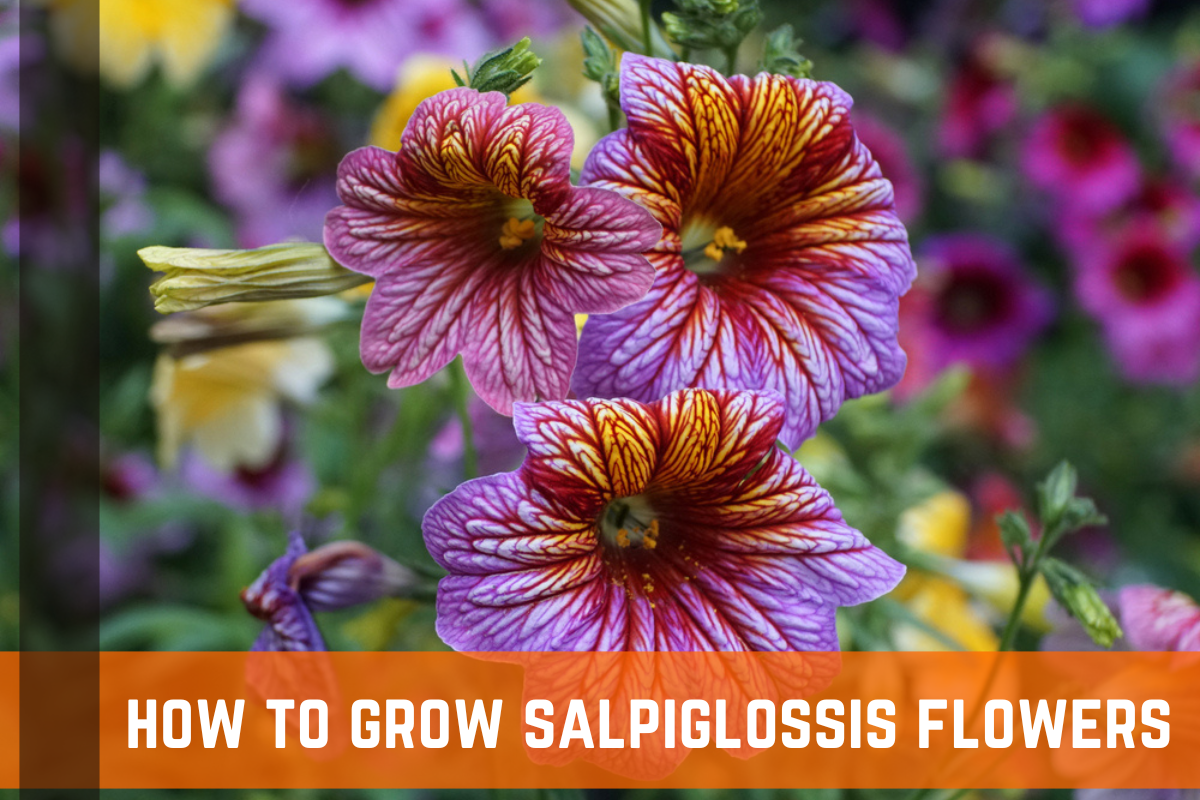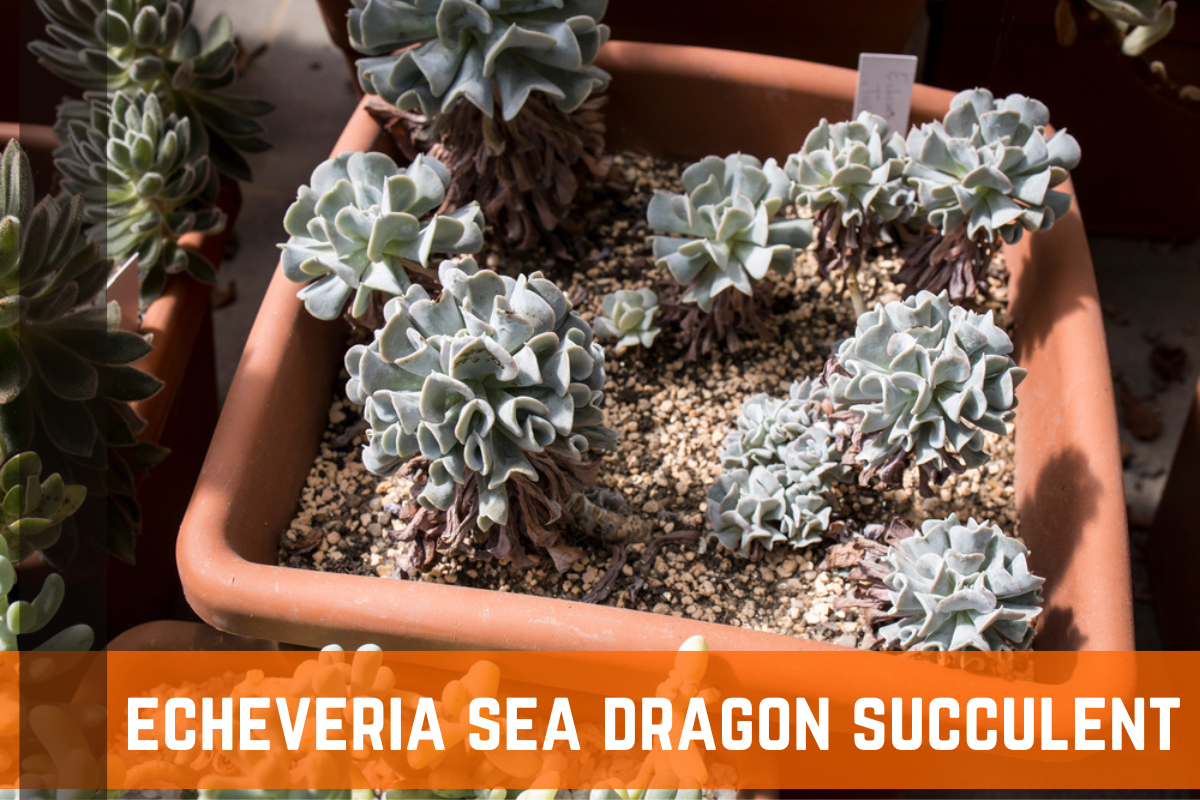Landscape fabric is widely marketed as an easy way to control weeds and maintain a beautiful garden. But does it live up to the hype? In this article, we’ll explore the pros and cons of landscape fabric, how it functions, and whether it’s the right choice for your garden or yard.
What is Landscape Fabric?
Landscape fabric, sometimes called weed fabric or garden fabric, is a synthetic or biodegradable material laid over the soil to block weed growth. It often comes in rolls and is installed underneath mulch or gravel. Its main purpose is to act as a barrier, preventing weeds from sprouting through the soil while allowing water and nutrients to pass through.
There are various types of landscape fabrics made from polypropylene, polyester, or natural fibers. Some are thicker for heavy-duty use, while others are thinner for flower beds or light gardening tasks. These fabrics aim to save time by reducing the need for frequent weeding, but many gardeners wonder whether they truly deliver on this promise.
How Landscape Fabric Prevents Weed Growth
Landscape fabric works by cutting off sunlight from reaching the soil, which suppresses weed germination. Seeds buried in the soil need light and warmth to sprout. Without sunlight, the weed seeds are less likely to grow. When installed properly and combined with mulch or gravel, landscape fabric can offer effective short-term weed control.
The fabric is designed to be breathable, allowing water, air, and nutrients to penetrate the soil. This helps the plants you want to thrive without encouraging weeds. In theory, this makes it an ideal solution for gardeners looking to minimize maintenance.
The Pros of Using Landscape Fabric
There are several potential benefits to using landscape fabric, especially in specific scenarios:
- Weed Suppression: Landscape fabric can reduce weed growth, particularly in areas like flower beds, pathways, and under rock gardens.
- Low Maintenance: If used correctly, it reduces the frequency of weeding, allowing you to spend more time enjoying your garden.
- Erosion Control: It holds soil in place, making it useful for slopes or areas prone to erosion.
- Soil Moisture Retention: By preventing rapid evaporation, landscape fabric helps the soil stay moist, reducing how often you need to water.
These advantages can make landscape fabric an appealing option for those trying to create a low-maintenance outdoor space.
The Cons of Landscape Fabric: What to Watch Out For
While landscape fabric has some benefits, it isn’t a perfect solution for all gardening needs. There are also some notable downsides:
- Short-Term Solution: The fabric deteriorates over time, and weeds can eventually grow through or around it. Wind-blown seeds can settle on top of the fabric and sprout in the mulch.
- Soil Health Issues: Continuous use can disrupt the natural exchange of organic matter in the soil, affecting beneficial organisms like earthworms.
- Hinders Plant Growth: Some plants, especially perennials, struggle to spread their roots properly under the fabric, limiting their growth and vigor.
- Installation Hassles: If not installed properly, it can lift, tear, or shift, which makes it less effective and unsightly.
- Cost: High-quality landscape fabric can be expensive, and if it needs frequent replacement, the costs add up over time.
These downsides highlight the importance of understanding when and where landscape fabric works best to avoid future frustration.
Where Landscape Fabric Works Best
Landscape fabric can be effective in certain situations, particularly for more permanent installations. Here are a few places where landscape fabric tends to shine:
- Gravel Walkways or Paths: Landscape fabric under gravel prevents weeds from sprouting between the stones and helps keep the pathway looking neat.
- Rock Gardens: In rock gardens with minimal plantings, the fabric offers long-term weed control and prevents rocks from sinking into the soil.
- Driveways or Patios: It can serve as an underlayment beneath hardscaping projects to block weeds from emerging through cracks.
- Around Shrubs and Trees: Placing fabric around shrubs or trees with decorative mulch on top helps prevent weeds without disturbing the roots of larger plants.
These use cases highlight how landscape fabric can be beneficial in areas with limited plantings or in hard-to-reach spots.
Care and Consideration of Your Greenhouse
The purpose of landscape fabric is to control the growth of weeds,
but there’s always the possibility of errant weeds sneaking in after the first
couple years. On top of the mulch that you lay over the fabric, you might
consider spraying a pre-emergent herbicide at the start of each growing season
to keep blow-in seeds from sprouting. Note: this type of herbicide won’t harm
existing plants!
Many of us don’t have the time or the inclination to spend hours weeding out the garden, greenhouse, or general landscaping. Landscape fabric is a great way to keep these areas weed-free and looking as gorgeous as they day they were planted.
Is Landscape Fabric Worth It? Final Thoughts
So, does landscape fabric actually work? The answer depends on how and where it’s used. Landscape fabric can be a helpful tool for specific scenarios like rock gardens, driveways, or gravel paths where minimal maintenance is the goal. However, it’s not a one-size-fits-all solution. In gardens with dynamic plantings, vegetables, or perennials, the cons may outweigh the pros.
If you decide to use landscape fabric, proper installation is key. Make sure to overlap seams, secure the edges with landscape staples, and cover it with mulch or rocks to extend its lifespan. But for many gardeners, focusing on organic mulches, hand-weeding, or alternative weed control methods may be a better long-term solution.
Ultimately, landscape fabric is not a magic fix. It works best as a complement to other gardening practices rather than a standalone solution. Understanding your garden’s unique needs and conditions will help you decide if landscape fabric is worth the investment.
Shop Our Selection Of Farm, Garden, & Agricultural Products!
4 Year Clear UV Resistant Greenhouse Plastic
4 Year UV Resistant White Greenhouse Plastic


